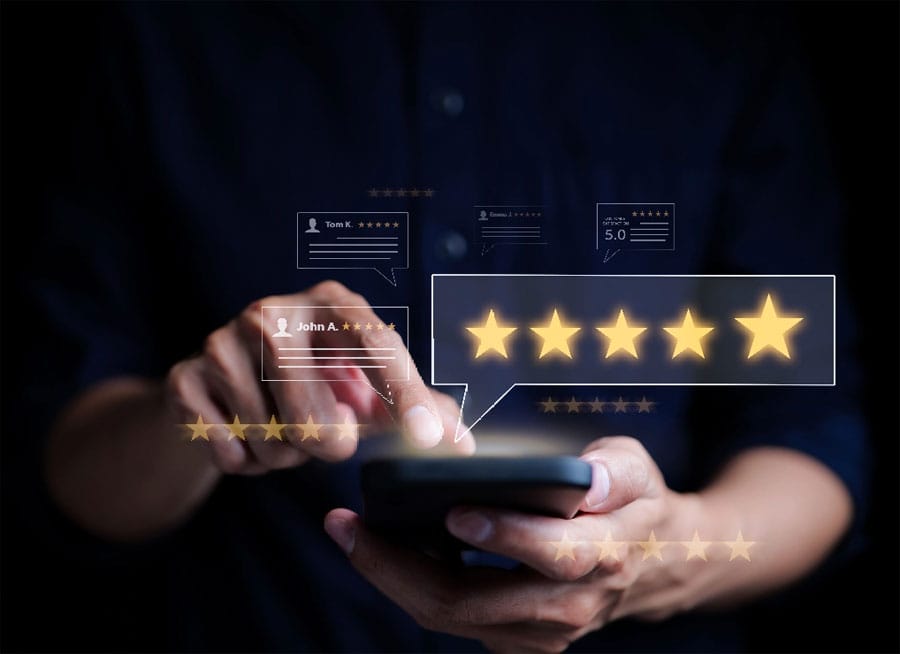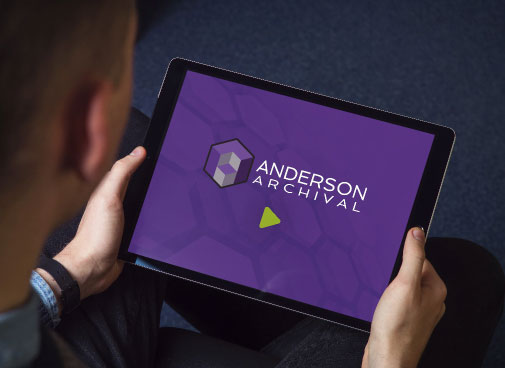Don’t Lose Your History
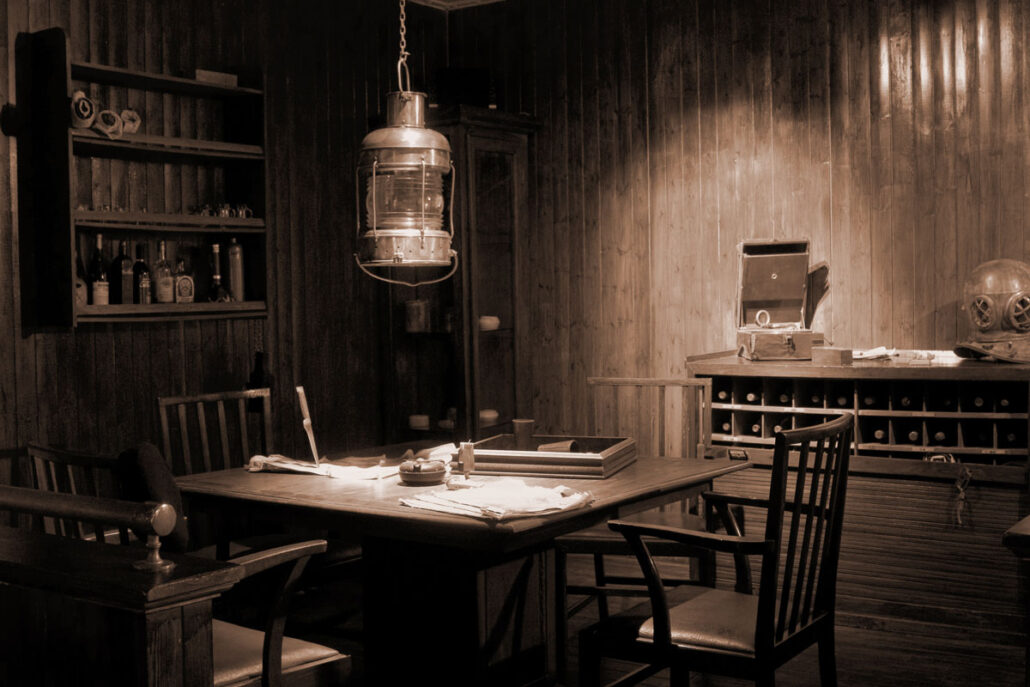
Recorded history is an irreplaceable treasure, but physical historical records are constantly under threat. Books, records, photographs, and hand-written letters are meant to be passed on to future generations, but the more they’re used, the more likely they are to sustain irreversible damage. Over time, the valuable information recorded on paper can become indistinguishable from […]
Digging into Cemetery Records
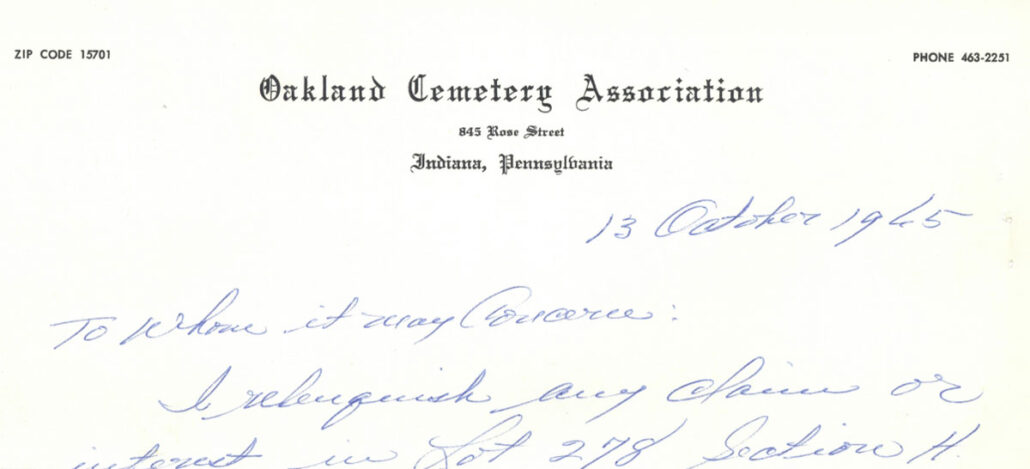
How do organizations decide to digitize regularly used collections? Infrastructural organizations like libraries, hospitals, schools, churches, and nonprofits rely on accurate, accessible records. Putting collections of essential records to the side for processing isn’t always feasible, and digitization isn’t fast when done correctly. Once an organization moves forward with digitizing their collection, decision makers often […]
Everlasting Ti Amo – Italian Love Letters Preserved
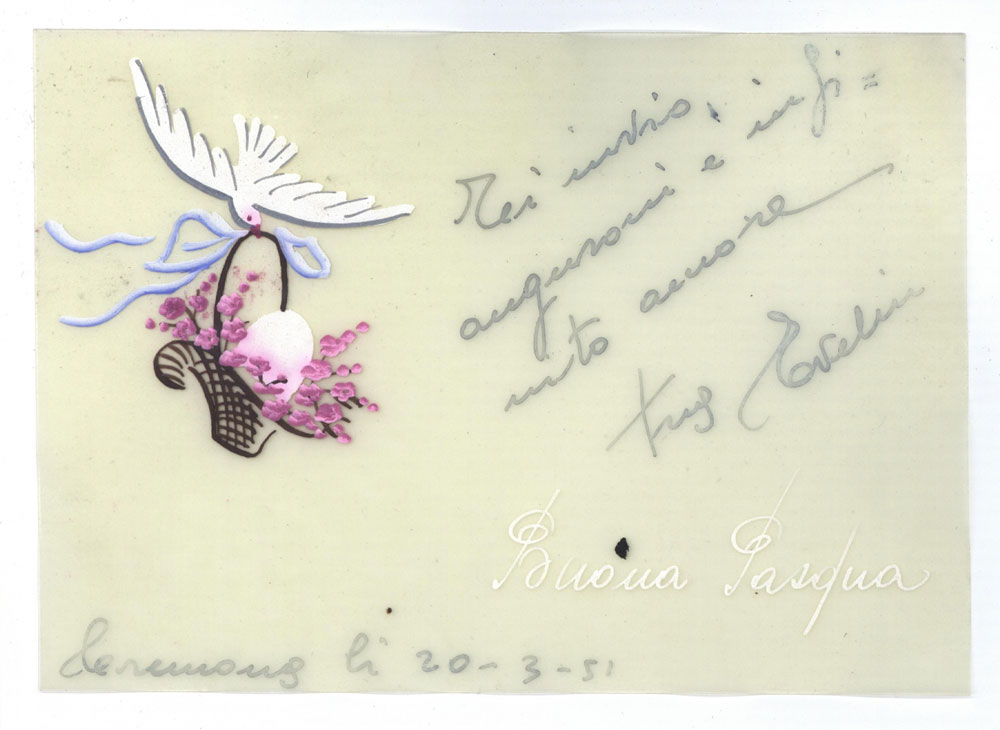
These days, some might consider letter writing an outdated form of communication or even a lost art. But at a time when one couldn’t simply send a text or email to a faraway love, these collections are a testament to everlasting human relationships. Correspondence has the ability to tell a story, and a collection of letters can […]
Beyond Image Capture
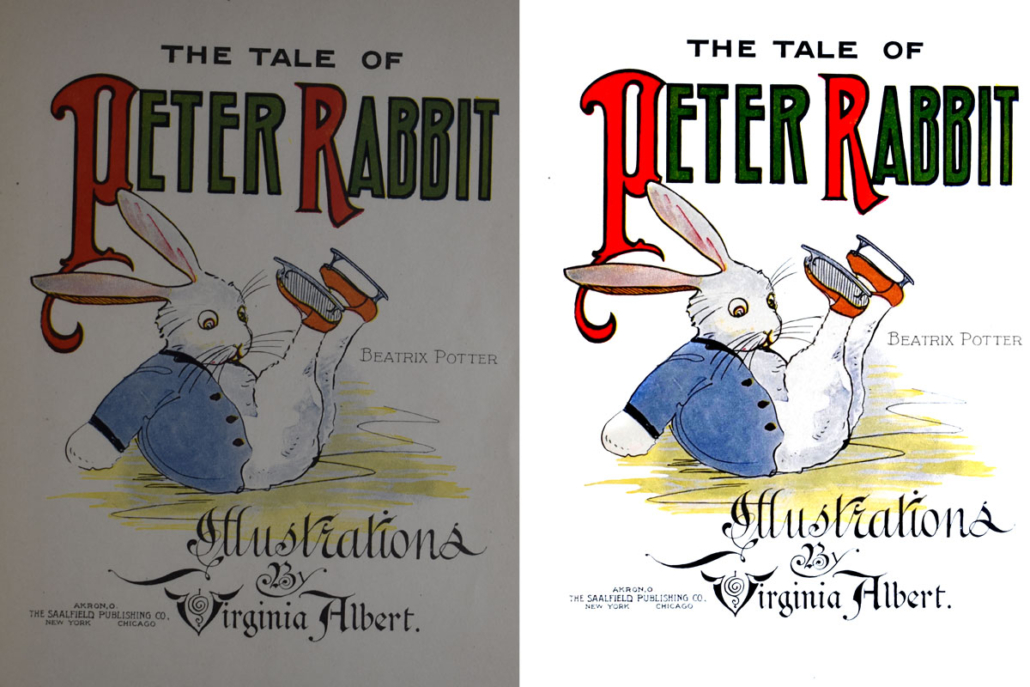
In the realm of preservation, it’s essential that a digital file—a digital representation of the original object—accurately captures the current state of a physical object. The image file should effectively serve as a placeholder, an equivalent representation to the original object. That, along with secure storage and access, make up the field of digital preservation. […]
Who Can You Trust with Your History?
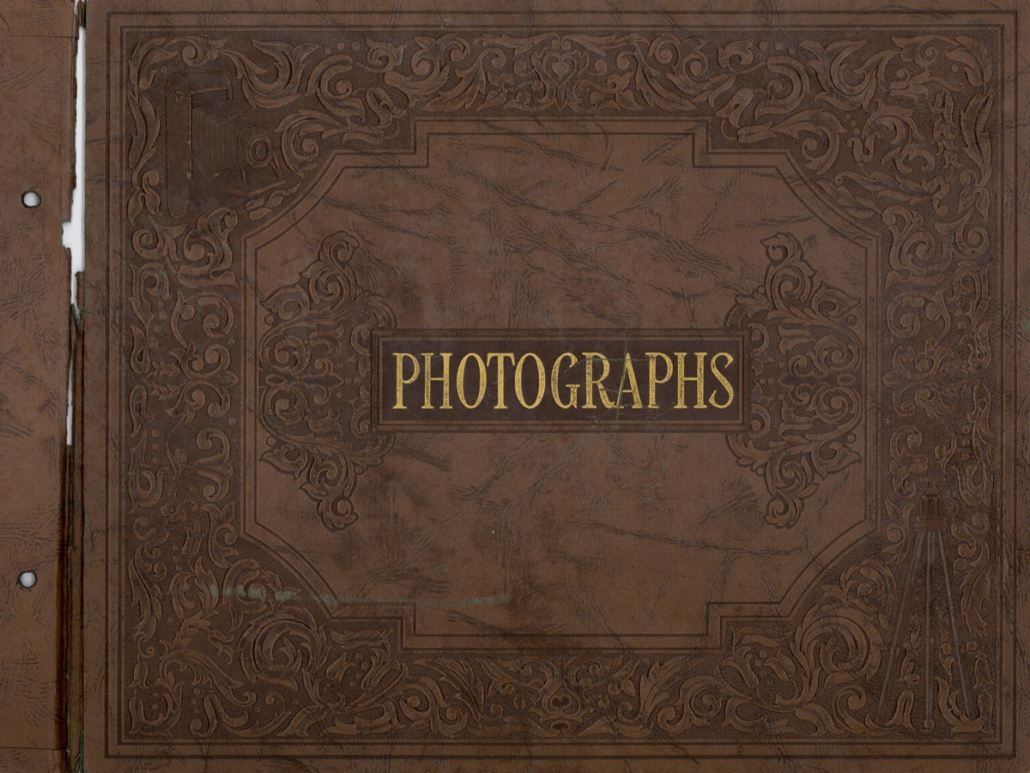
Recent Anderson Archival client Steve Brunkhorst found himself the caretaker of four old family albums. Like many others in the same situation, he didn’t know how to share the collection with his family in a way that was fair and sustainable for the materials. But the biggest challenge was finding someone he knew he could […]
Adopting Digital Preservation for a Legacy of Caring
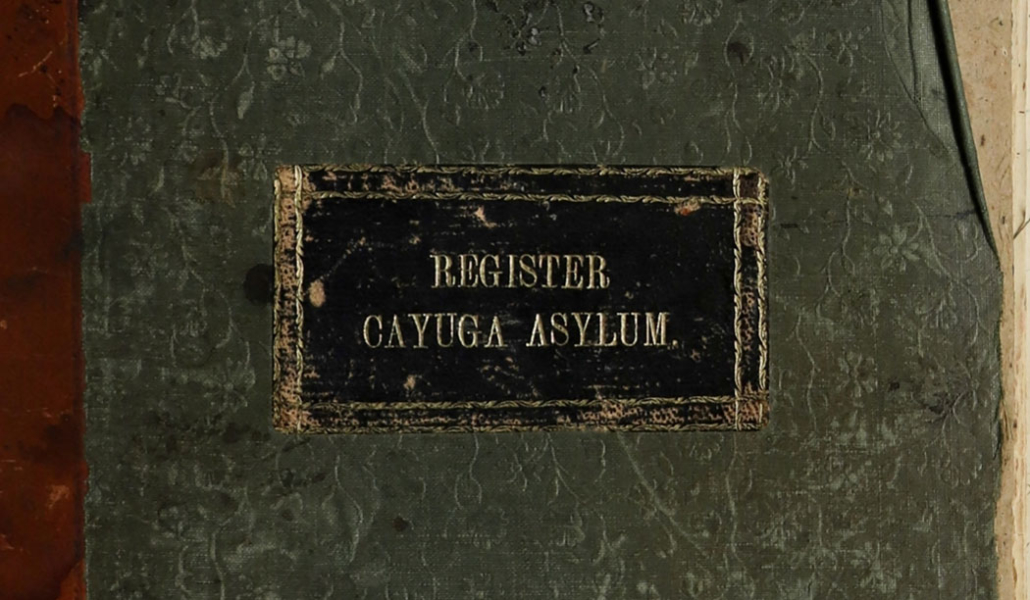
Technology is so engrained in our everyday lives that it can be hard to imagine a time when the only evidence of one’s ancestry was a single handwritten line in an archive across the country. But before the age of virtual records and digital paper trails, this was the only option for some people hunting […]
2020: The Time Capsule
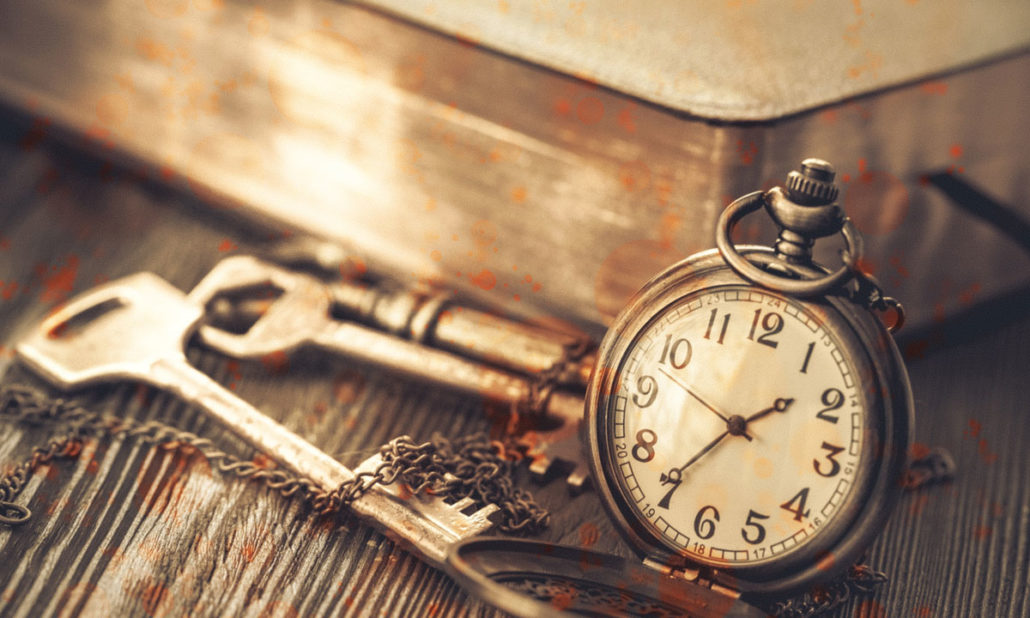
For many different reasons, 2020 was a year to remember. The world handled a global pandemic, upheaval of normal life, and social unrest. How do we preserve the memories of this unique year and the lessons learned for generations to come? Time capsules may seem like childhood fancy or relics of the past, especially when […]
Quotables: Extraordinary History, Extraordinary Value (DigitalEdge)
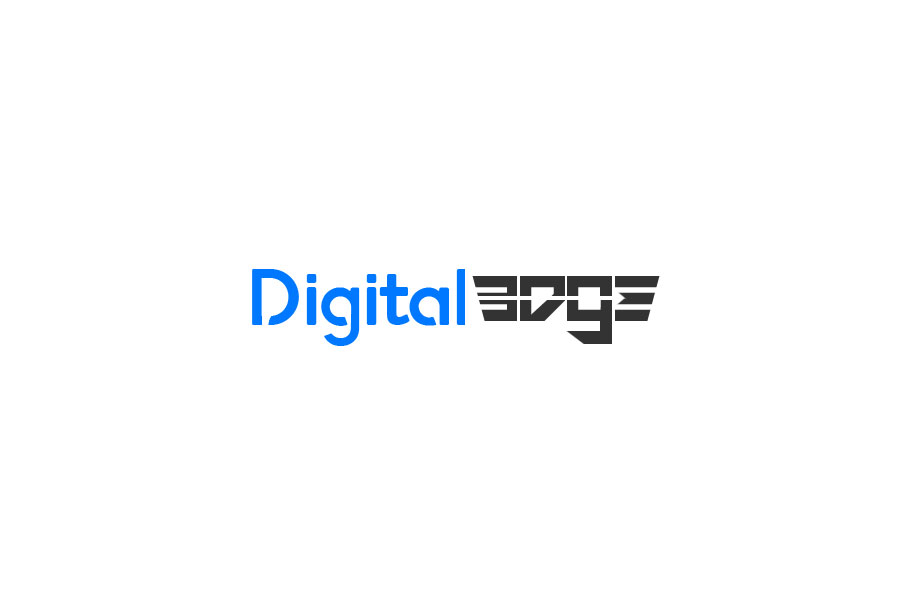
Principal Farica Chang’s post in DigitalEdge covers the basics of moving to a paperless office. This process can feel confusing or downright overwhelming, especially if you don’t know what your goals are or how to start. Click here to read the full article! Do you have a historical document collection that you’d like to make […]
Quotables: Best practices for digitizing historical books and paper documents (GCN)
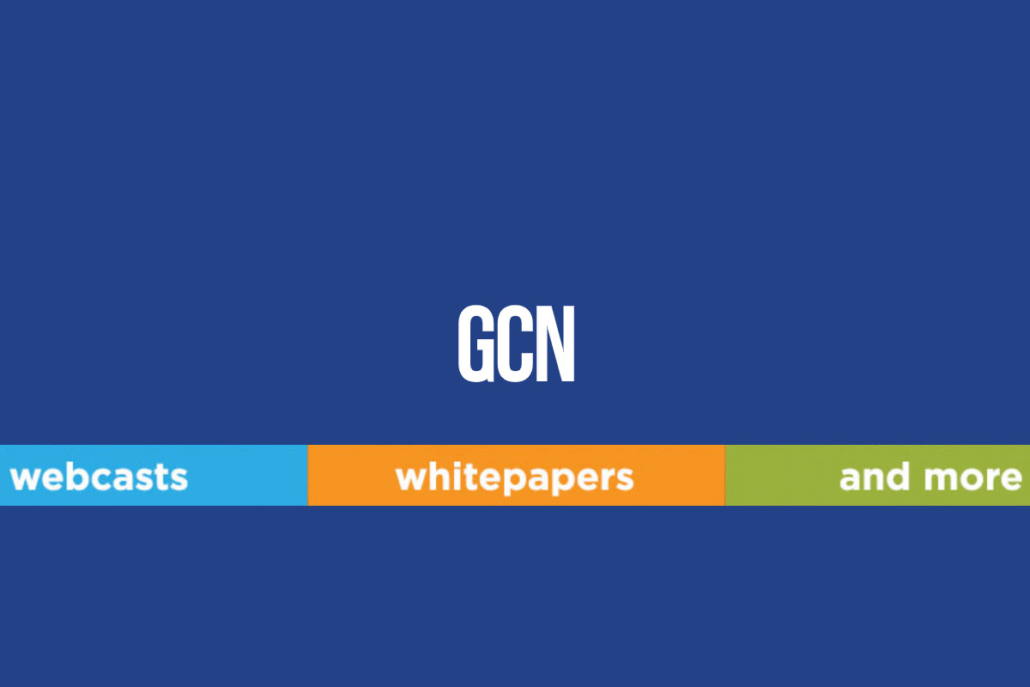
Founding Principal Amy Anderson’s post in GCN covers the basics of moving to a paperless office. This process can feel confusing or downright overwhelming, especially if you don’t know what your goals are or how to start. Click here to read the full article! Do you have a historical document collection that you’d like to […]
Learn: What is Historical Document Digitiziation?
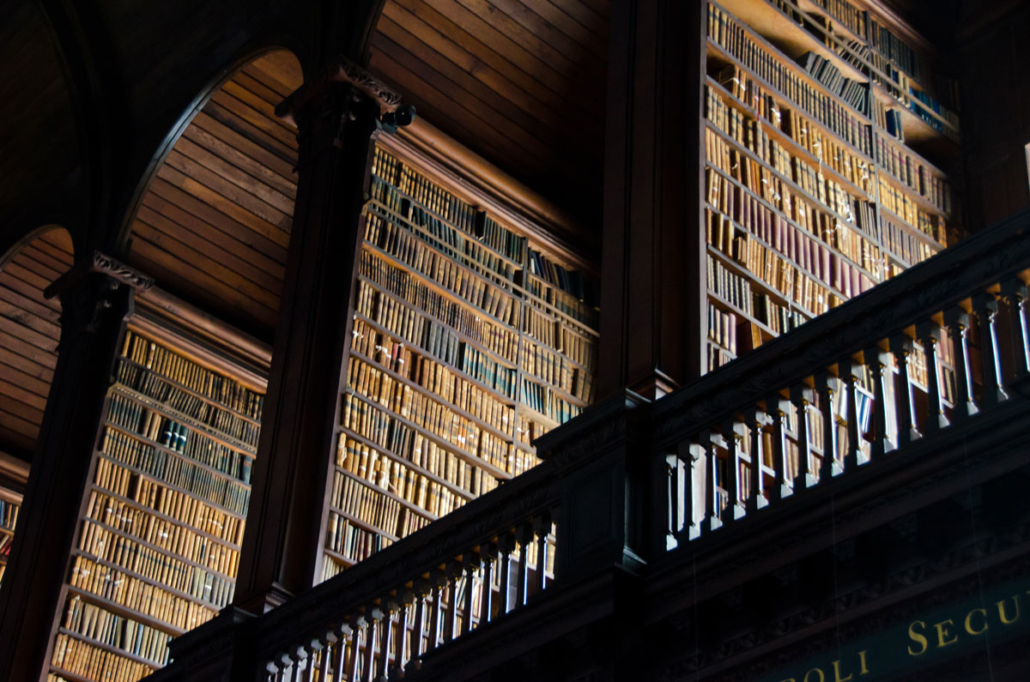
Learn what type of documents can be digitized, and an overview of the historical document digitization process in this Anderson Archival explainer. What Is Historical Document Digitization?


